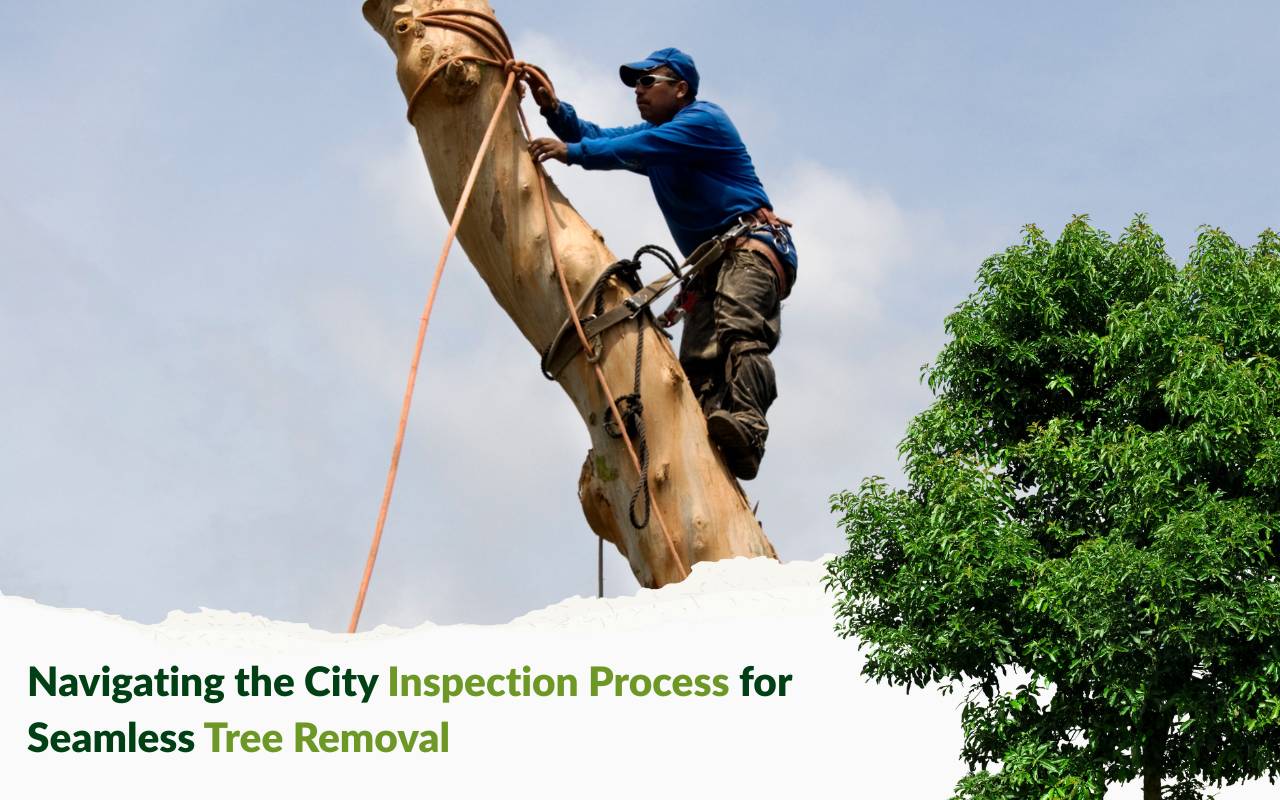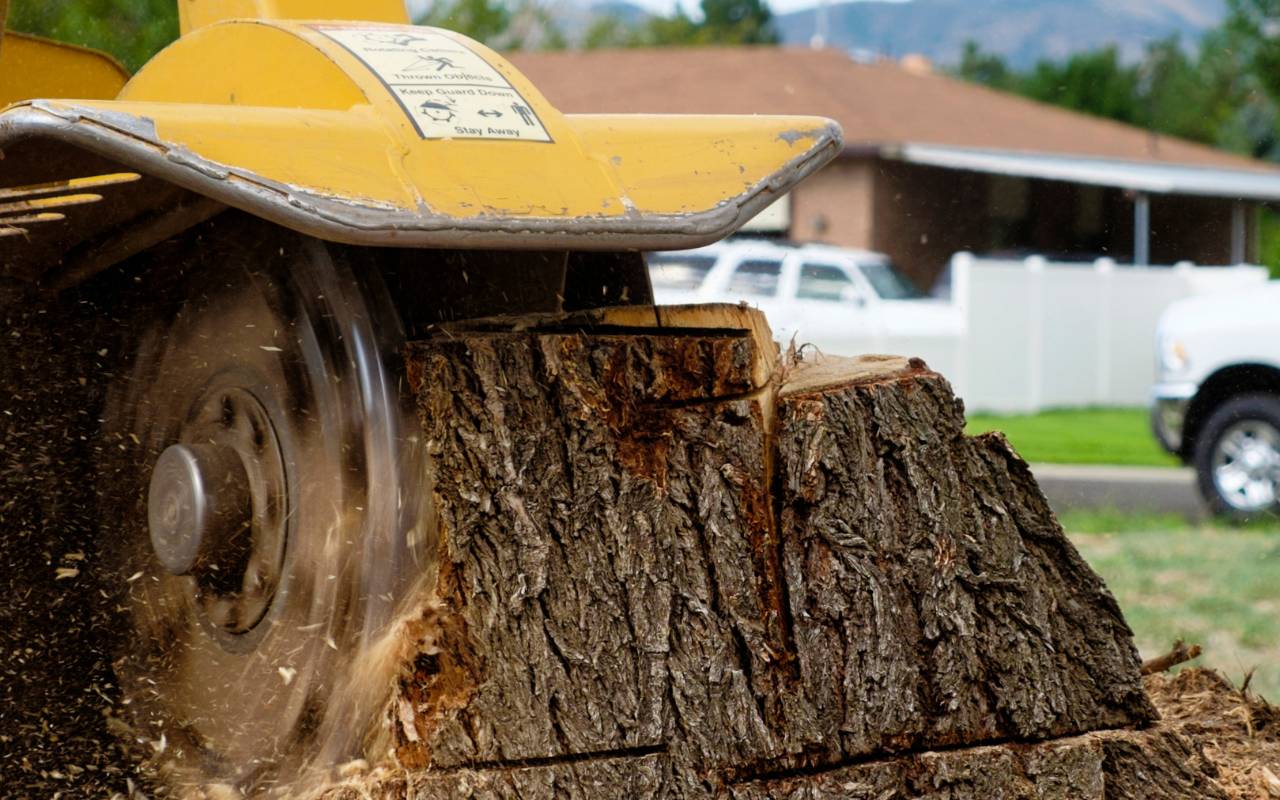
Removing a tree can feel overwhelming. The municipal inspection process often includes paperwork, permits, and approvals that complicate the task. Many homeowners face delays and stress due to unclear regulations. However, preparation makes everything smoother. With the right approach, navigating inspection requirements becomes easier. This article explains key steps for stress-free compliance and safe tree removal. Moreover, you’ll find practical tips and resources to guide your project efficiently.
For professional help, explore our tree trimming services in Kansas City. They align with city guidelines and simplify your project.
Understanding City Regulations for Tree Removal
The city inspection process begins with local regulations. Cities may protect certain species or require permits for large trees. Reviewing municipal codes prevents costly mistakes. In addition, regulations may restrict removal during nesting seasons. Violations can lead to fines or work stoppages. Therefore, consider these steps to stay compliant:
- Check city websites or planning departments for tree codes. Moreover, keep updated copies of regulations.
- Confirm if your tree is heritage or landmark protected. Consequently, avoid violations of preservation laws.
- Review timing rules, such as bird nesting restrictions. In addition, note seasonal limitations in your schedule.
Consulting with certified arborists helps interpret codes. Their expertise supports your permit applications and demonstrates responsible planning within the urban inspection requirements.
Securing Necessary Permits for Tree Removal
Permits form the backbone of the local review procedure. Rules differ between municipalities, but accuracy is always critical. Typical applications require site plans, ownership proof, and arborist reports. Missing details can delay reviews or trigger rejections. To avoid setbacks, remember:
- Prepare accurate surveys showing tree locations. In addition, highlight property boundaries clearly.
- Include clear photos and updated arborist reports. Consequently, approvals move faster.
- Respect deadlines for application submission and review. Moreover, confirm submission dates with city staff.
Once approved, follow all permit conditions. These might include signage, restricted hours, or debris disposal methods. Thus, compliance shows respect for community safety.
Learn more about our landscaping services to complement your project.
Preparing Documentation for City Inspection
Organized documentation speeds the municipal inspection process. Inspectors expect clear records, such as permits, site maps, and insurance certificates. Label each document clearly for quick review. Moreover, provide digital copies in standard formats when possible. Including detailed photos with dates and notes improves clarity. Consequently, with a well-prepared folder, inspections become efficient and cooperative.

Scheduling the City Inspection Appointment
Booking your inspection early avoids delays. Most cities require advance notice of at least three days. When scheduling, have your permit number available. Confirm the checklist inspectors will use. In addition, request confirmation by email or text. If weather interrupts, reschedule promptly. Therefore, timely coordination ensures the city review procedure runs without unnecessary setbacks.
Ensuring Compliance with Safety Standards
Safety remains a top priority. Inspectors evaluate protective gear, certified operators, and secure work zones. Follow best practices such as:
- Providing barricades and visible warning signs. Moreover, keep them in place until approval is complete.
- Maintaining equipment with updated certifications. Consequently, fewer inspection issues arise.
- Assigning drop zones for safe branch handling. In addition, inform all workers about restricted areas.
Working near power lines requires coordination with utility companies. Inspectors expect evidence of these agreements. By meeting safety standards, you prove professionalism during the municipal inspection process.
Dealing with Potential Property Line Issues
Trees near property boundaries can complicate approvals. Disputes often arise when neighbors feel excluded. Therefore, start with a property survey to confirm boundaries. Share your project details with neighbors early. Moreover, gaining written consent smooths the inspection stage. If conflicts persist, mediation options may exist in municipal codes. Addressing issues respectfully prevents inspection roadblocks.
Addressing Environmental Concerns
Environmental impacts are reviewed during the city inspection process. Cities may require tree replacement or fees for canopy preservation. Some trees host protected wildlife. In those cases, mitigation steps are necessary. For example, consult an environmental expert for assessments. Include erosion control measures like silt fences or hydroseeding when soil exposure is likely. Consequently, these actions demonstrate stewardship and compliance.
Handling Unexpected Challenges During Inspection
Even with preparation, inspectors may request changes. They might note safety gaps, request additional documents, or flag missing details. However, stay calm and collaborative. Document weather issues or site conditions with photos if delays occur. Moreover, open communication with officials keeps the inspection process progressing smoothly.
Completing Post-Inspection Requirements
After passing inspection, final steps remain. Cities often require disposal receipts or photos of site restoration. Keep all documentation for records. In addition, if tree replacement is required, record planting details. Request a clearance letter once obligations are met. Thus, this proves compliance and closes the municipal inspection process successfully.
Frequently Asked Questions
Do I need a permit for all tree removals?
No. Permit requirements depend on tree size, species, and municipal rules. Therefore, always check your city’s codes first.
How long does the city inspection process take?
Most inspections take one to two weeks from booking. Processing time depends on city workloads and your documentation. Moreover, organized submissions shorten the wait.
Can neighbors block my tree removal project?
If a tree sits on a boundary, both owners usually must agree. Consequently, written consent prevents delays during inspections.
What happens if I remove a tree without approval?
Unauthorized removal may result in fines, stop-work orders, or mandated replanting. Thus, always secure permits before starting.
Is professional help necessary for tree removal?
Yes. Arborists and tree service professionals ensure safe removal and compliance. Moreover, they simplify navigating the urban inspection requirements.
Celebrating a Successful Tree Removal Project
Completing a tree removal under the city inspection process is an achievement. You’ve managed regulations, permits, and inspections responsibly. Your cleared space enhances property beauty and demonstrates environmental care. Finally, for future projects, consider contacting our team for expert assistance. With guidance, every step of the municipal inspection process can remain smooth and stress-free.
